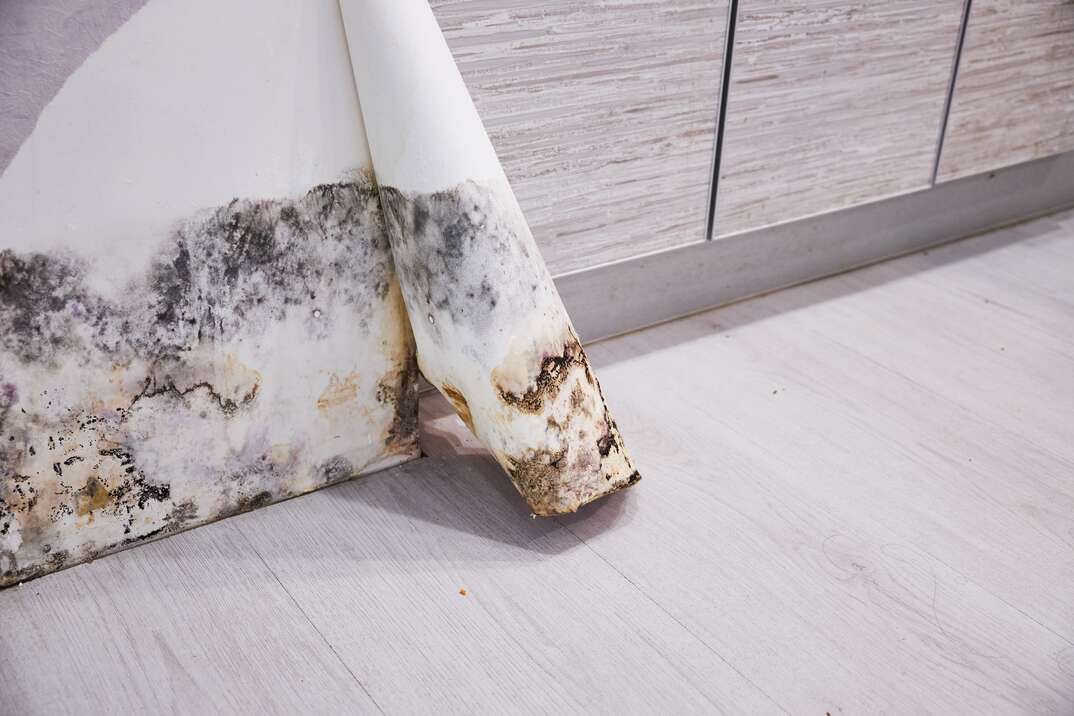Your Ultimate Overview to Blog Post Mold Removal Strategies
Browsing the world of post-mold remediation methods is a thorough procedure that requires interest to detail and a thorough understanding of the intricacies included. In the after-effects of mold and mildew infestation, recognizing how to efficiently remove the mold and mildew and prevent its reoccurrence is extremely important for maintaining a healthy indoor atmosphere. From picking the ideal cleansing and sanitizing methods to executing approaches for long-lasting mold avoidance, each action in the removal trip plays a crucial duty in making sure a successful result. As we begin on this expedition of post-mold remediation techniques, we will uncover the vital techniques and best techniques that can help you recover your room to its pre-mold condition and secure it against future mold and mildew threats.
Recognizing Post-Mold Remediation Refine
After finishing the mold remediation process, it is vital to comprehend the post-mold remediation strategies that are needed to ensure a efficient and thorough cleanup. As soon as the mold has been gotten rid of, the following step includes cleansing and sanitizing the influenced areas to stop any type of regrowth of mold.
Furthermore, conducting a last inspection post-remediation is vital to make certain that all mold and mildew has actually been effectively removed. This inspection ought to entail a thorough visual check along with potentially air sampling to verify the absence of mold spores in the air. Extra removal may be needed if the assessment exposes any type of remaining mold and mildew. Last but not least, enlightening residents on precautionary procedures such as controlling moisture levels and promptly resolving any water leaks can assist maintain a mold-free atmosphere.
Efficient Cleaning and Sanitizing Methods

Preventing Future Mold And Mildew Development

Significance of Proper Ventilation
Proper air flow plays a critical function in preventing dampness accumulation, an essential consider mold development within indoor atmospheres. Reliable air flow systems help eliminate excess humidity from the air, lowering the possibilities of mold spores locating the wetness they need to germinate and spread. Without ample ventilation, indoor areas can become a breeding place for mold, leading to possible health and wellness her latest blog dangers and architectural damages.
By making certain proper air circulation, ventilation systems can additionally aid in drying out damp locations faster after water damages or flooding occurrences, better preventing mold and mildew development. what to do after mold remediation. Precede like restrooms, cooking areas, attics, and cellars where wetness levels tend to be higher, mounting and preserving reliable air flow systems is important in preventing mold and mildew invasions

Surveillance and Maintenance Tips
Given the critical function that correct air flow plays in stopping mold and mildew growth, it is vital to establish effective monitoring and upkeep suggestions to make sure the continued performance of ventilation systems. Monitoring moisture degrees within the building is also essential, as high moisture can add to mold growth. By remaining positive and attentive to the problem of air flow systems, property owners can effectively minimize the danger of mold and mildew regrowth and preserve a healthy and balanced indoor setting.
Verdict
In conclusion, post-mold removal strategies are important for making certain a clean and safe atmosphere. Understanding the process, applying efficient cleansing and sanitizing techniques, avoiding future mold development, preserving appropriate ventilation, and routine monitoring are all important action in the remediation process. By adhering to these guidelines, you can efficiently remove mold and mildew and prevent its return, advertising a healthy living or working area for all owners.
In the after-effects of mold and mildew infestation, knowing how to properly eradicate the mold and prevent its reoccurrence is vital for preserving a healthy and More Info balanced interior atmosphere. As soon as the mold has been removed, the next action includes cleaning and decontaminating the impacted areas to prevent any kind of regrowth of mold and mildew - check my reference After mold remediation. After eliminating noticeable mold development, it is essential to clean up all surfaces in the affected location to eliminate any type of remaining mold spores. To further boost mold prevention actions, it is important to address underlying concerns that originally led to mold and mildew growth.Given the important function that correct air flow plays in avoiding mold development, it is crucial to establish effective tracking and upkeep pointers to make sure the ongoing capability of air flow systems